Music-making in the here and now revolves around collaboration and creativity. As a music educator constructing units for the MYP (Middle Years Program) and sharing my ideas, finding inspiration in art, theatre, poems and animations are something I actively look for and want to collaborate on.
My wife @MrsLauraW is a highly creative and gifted person. When she saw the subject for one of my chapters in Hodder’s new Music for the IB MYP 4&5: MYP publication, her thoughts were drawn to the many artworks and animations we collaborated on in the past. For example, Laura would make an amazing animation using Apple’s Keynote, and I would compose music to accompany it. Sometimes the music was live (as in the example below) or written with a DAW (digital audio workstation) as in this beautiful snow and deer animation.
Whatever the project became, our collaboration and inspiration revolved around this concept of hearing images, and then perceiving the innate line, rhythm or space in a visual work.
It would come as no surprise then that I did not stop there. Living in Vienna at the time, we would visit the Kunst Historisches Museum and in particular, the Egyptian Exhibition. Then, I would also take my students to The Museum of Modern Art MUMOK to view artworks that we could explore musically: in relation to line, rhythm and space. Below are two short examples of animations that we created using line-drawings or animation in Keynote. What music do you think would fit these images?
Each animation is between 10-15 seconds long and forms a type of creative scaffolding for my approach to composition in the classroom.
As part of my lessons inside the classroom, we often use Orff Schulwerk instruments, guitars, or iPads with art-cards to play melodies and rhythms that reflect our chosen art pieces. Using instruments or devices live brings with it an element of “messiness” that I enjoy. It becomes a creative process that has brought about some excellent material.
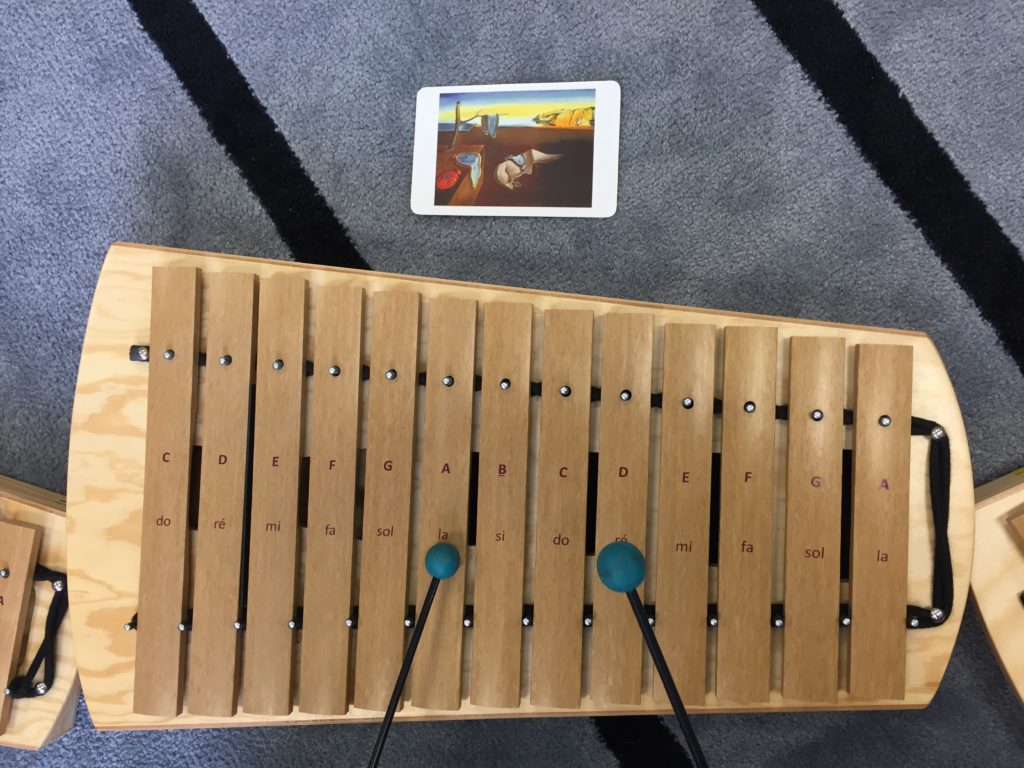
However, this only fueled @MrsLauraW’s thinking to the point where she challenged herself to create animations of Kandinsky and Klee’s art, inside Keynote, for my music students. I had been researching the connections of music to Kandinsky’s art (I love Abstraction (Violet)), Paul Klee and even Picasso. All of whom had collaborated or connected with musicians such as Igor Stravinsky or Eric Satie. If you are interested in learning more about Paul Klee, this fantastic article entitled “How Music Played a Pivotal Role in the Colorful Avant-Garde Direction of Modern Art” provides the connections between his artwork and how we can create music:
“He started every picture with an abstract mark—a square, a triangle, a circle, a line or a dot—and then allowed that motif to evolve or grow, almost like a living organism…”
As you can see from the Kandinsky and Klee inspired animations below, they provide two different structures that allow a build-in – build-out feature that we could attach any musical style to. What type of music would you compose to these approximately 15second gifs?
To complete the family-creative-circle my son has begun animating his own images with pixel animation. We are fans of the composer Disaterpeace and the computer games FEZ, or Hyper Light Drifter with their synthesiser-based soundtracks and pixel art. The following pieces Mr 13 drew and animated inside Procreate for iPad. Again, what music do you hear when you see these images? We would love to hear your thoughts.
Sources:
Anderson, Kelli, et al. “How Music Played a Pivotal Role in the Colorful Avant-Garde Direction of Modern Art.” My Modern Met, 11 Oct. 2019, mymodernmet.com/paul-klee-art-and-music/.
Art, Philadelphia Museum of. “Circles in a Circle.” Philadelphia Museum of Art. Accessed August 09, 2019. https://www.philamuseum.org/collections/permanent/51019.html.
Gordon, Lewis. “Disasterpeace on His Intimate Score for Video Game Hyper Light Drifter.” FACT Magazine: Music News, New Music. July 28, 2016. Accessed August 11, 2019. https://www.factmag.com/2016/07/27/it-follows-composer-disasterpeace-on-creating-8-bit-nostalgia-for-video-game-hyper-light-drifter/.
Klee, Paul. “Castle and Sun.” Castle and Sun by Paul Klee, 2019, www.paul-klee.org/castle-and-sun/.
Klee, Paul. “Twittering Machine (Die Zwitscher-Maschine). 1922: MoMA.” The Museum of Modern Art. Accessed May 10, 2020. https://www.moma.org/collection/works/37347.
“Wassily Kandinsky. Synthesis of Arts. Pictures at an Exhibition by Modest Moussorgsky.” Modern Art Consulting. November 20, 2011. Accessed August 09, 2019. http://modernartconsulting.ru/en/2011/11/wassily-kandinsky-synthesis-of-arts-pictures-at-an-exhibition-by-modest-moussorgsky/.
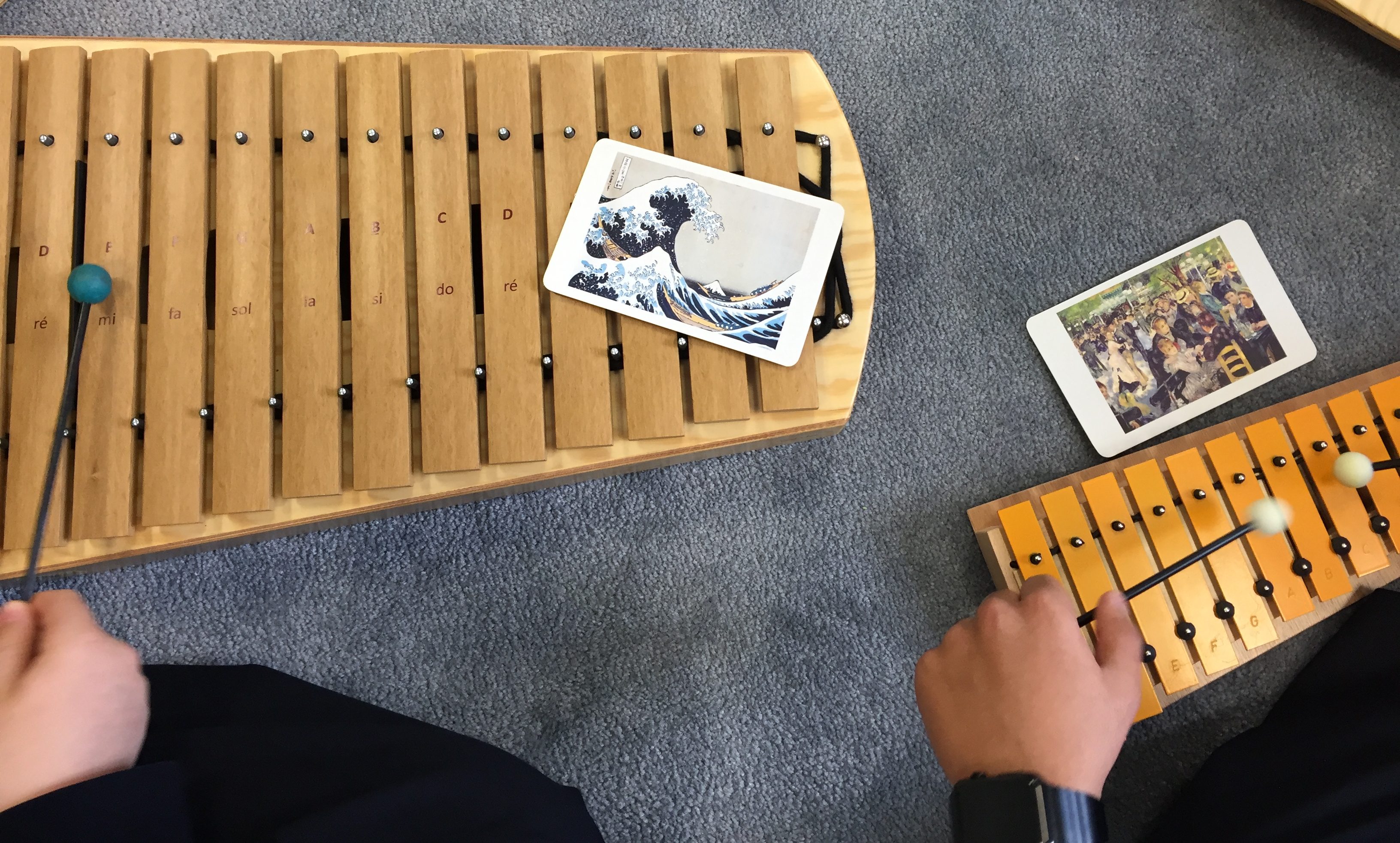
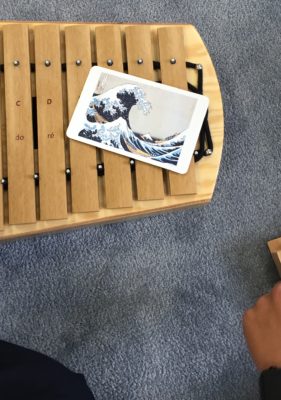
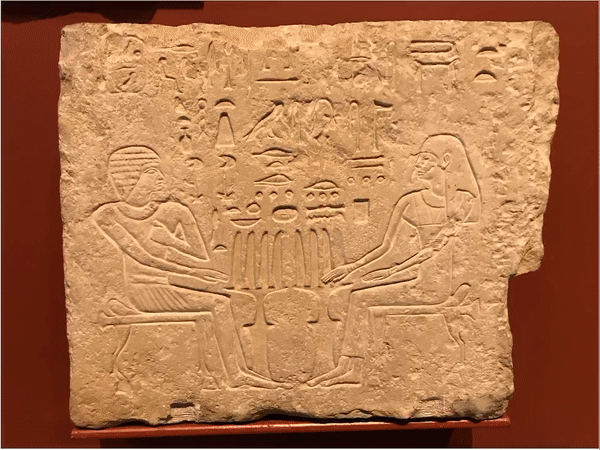
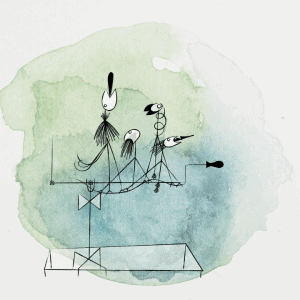
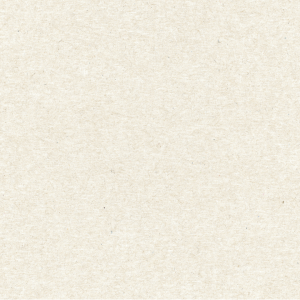

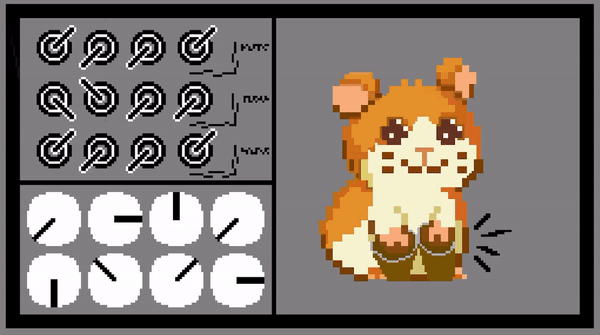
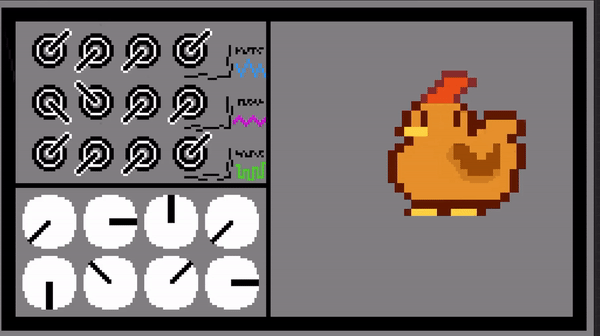
Wonderful Samuel!! I love how this story contains multiple disciplines! You and Laura are really inspiring people! I’m so glad that I know you!
Thank you so much Rhea. We are glad we know you too!